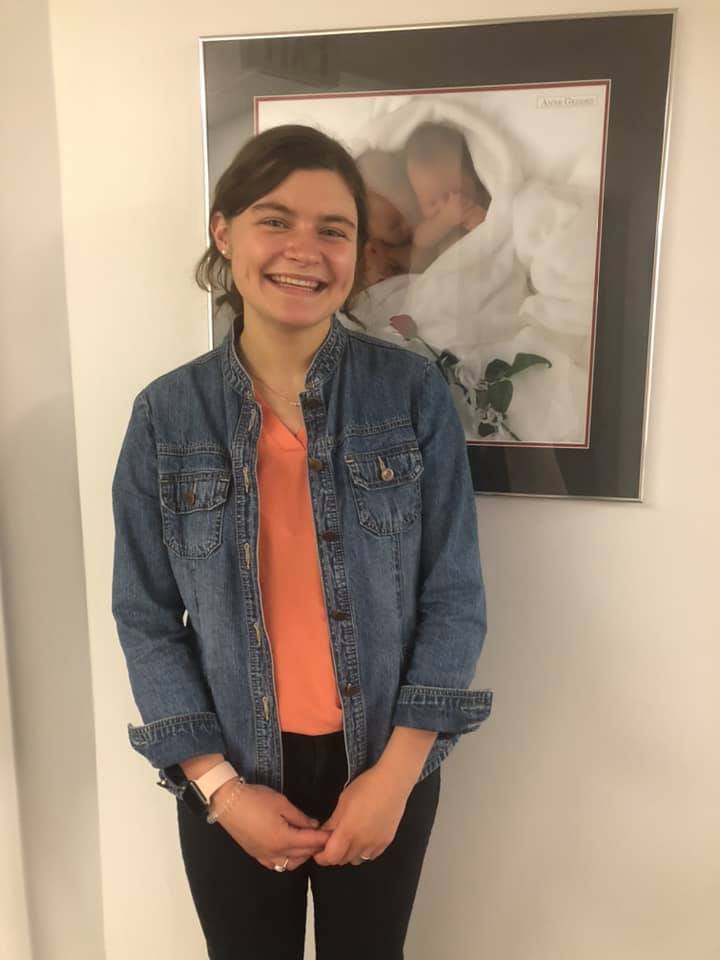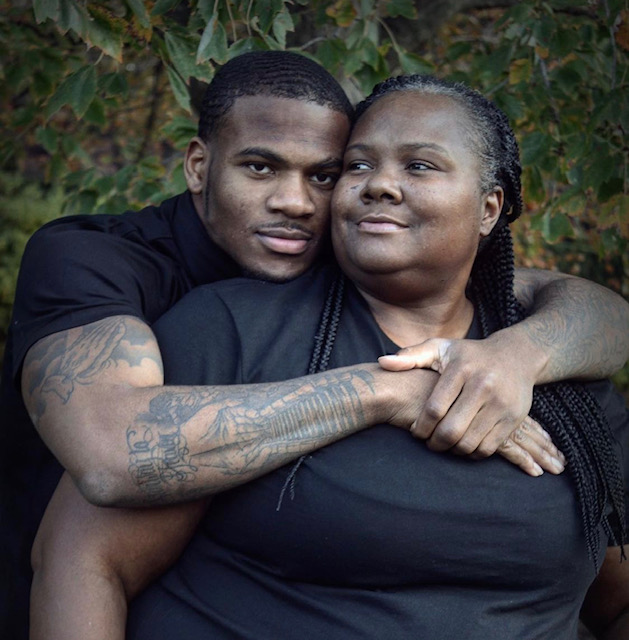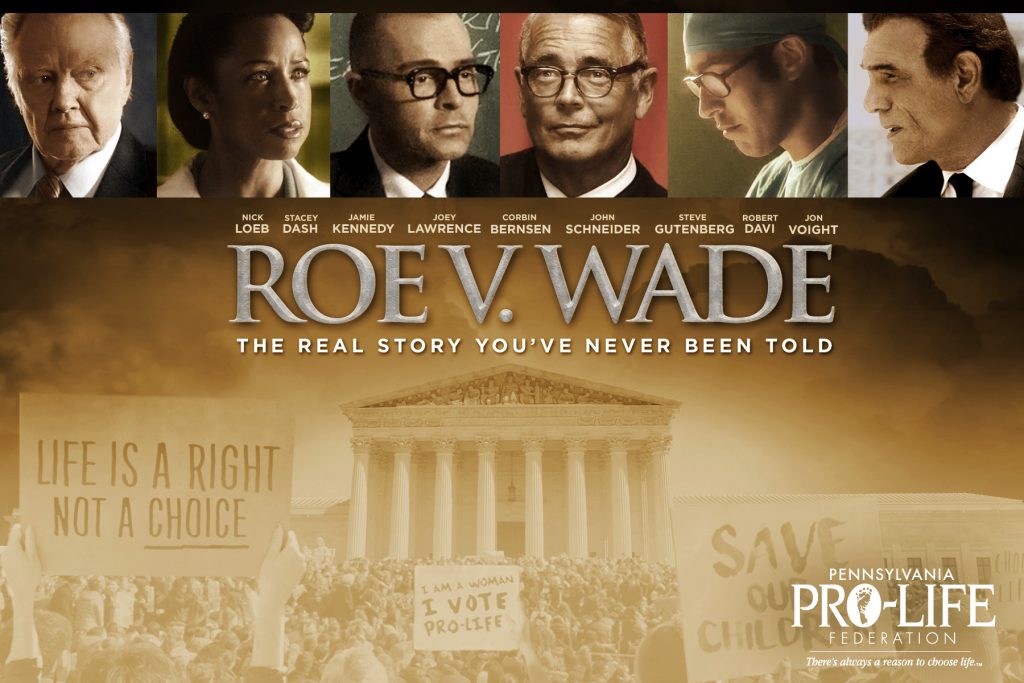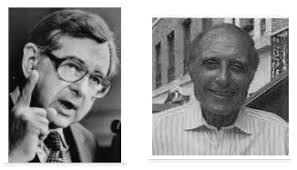By Jessie Morgan, Intern
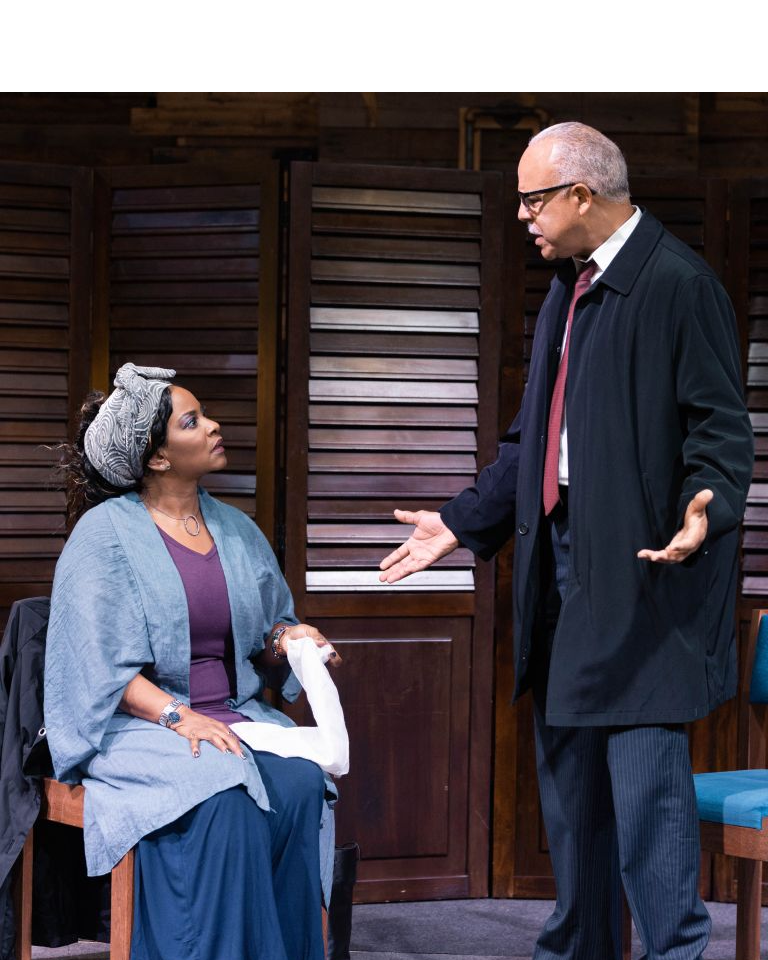
Playwright John Hoover remembers a moment long ago, when a spark was ignited inside him. Little did he know that years later, that spark would blossom into the life-altering reality known as Viable the play.
In 1984, when attending a pro-life symposium in California, Hoover listened to a woman speak out about her experiences as a former abortionist. This woman was from the Middle East and had been performing abortions for years before her eyes were opened to the painstaking reality of abortion.
“God took the scales off her eyes,” said Hoover. “She realized what she was doing and quickly became a pro-life advocate”.
The woman described that in early days, abortion failures were common, which resulted in physically impaired and developmentally-challenged children being born alive. To prevent potential lawsuits, procedures were developed to ensure that the baby in the womb would be undoubtedly dead.
After listening, Hoover couldn’t help but wonder: “what would the world be like if women were told the truth of abortion?”
He remembered reading a survey which first informed women about the procedures done to abort an unborn child. Afterwards, they asked if the women would still obtain an abortion. 90 percent of women responded “no.”
This alarming response gave Hoover an idea, one that he carried with him for 25 years. In 2019, he finally put it on paper.
According to the play’s website, “The Viable storyline captures an unforgettable confrontation as an aborted child visits her mother nearly 30 years later. The mother has carried guilt and grief for all that time, trying all the while to protect her emotional stability by professing the mantras that abortion providers originally used to comfort her”.
With nothing but three actors and two chairs, Viable invites viewers on a journey of continued healing as Judy, the mother, searches for a ray of hope after walking for decades in post-abortive shame and regret.
When asked about the primary audience, Hoover said that when writing the play, he assumed that it would be targeted at women who had lost children to abortion. However, everything changed on the very first night of the production, during a scene when Judy rushes through the audience in a dramatic exit.
Gisele Gathings, who plays Judy in the production, remembers seeing a man walking out of the audience in tears. By the time she rushed out of the theater, the man was standing in the lobby, sobbing.
“I wanted to comfort him!” Gathings recalled. “But I had to get to my next scene.”
Gathings has observed that an abortion does not just affect women. Rather, all family members—fathers, grandparents, children, husbands, are part of the story, too.
“Delving into the emotions, the negative emotions of how abortion doesn’t just affect the woman that is post abortive, but also the family members that are involved. The cycle that passes down when abortion is in a family, not just one person having more than one abortion, but also family members following in the footsteps.”
To Gathings, the theme of Viable is not abortion, but redemption through Christ.
“It is bigger than abortion. This (abortion) can lead to various different issues and pain where people need healing. Jesus is about life more abundantly, but also about us choosing him and the choices we have to make. For me, Viable touches on dealing with and bringing up the pain that needs to be healed and addressed.”
Both Gathings and Hoover hope that this play may be what inspires families to begin conversations about their own abortion experiences, so that feelings of hatred, betrayal and regret might be replaced with forgiveness, grace and love.
Hoover is also excited to announce that the Viable tour is back in action. After months of show dates being cancelled due to the COVID-19 pandemic, Viable plans to resume its tour across the United States, with new dates and locations being added every day. The play will also be performed at this year’s National Right to Life Convention in Washington, D.C., on Thursday, June 24th. For more information, visit http://www.viableplay.org/.


